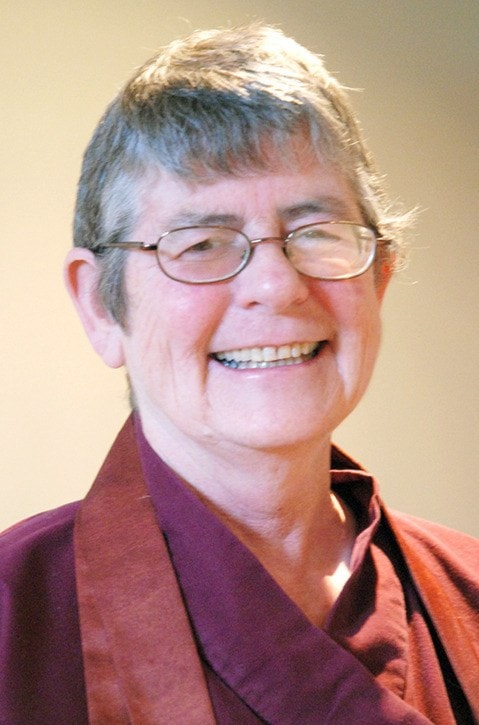Thirteenth-century Zen master Eihei Dogen writes, “Clearly examine the blue mountains walking, and examine your own walking. Examine backward walking and investigate the fact that walking forward goes on all the time.”
As I discussed in the last column, walking forward is projecting the mind outward. The mind is always pursuing something. In early January, it is natural to project the mind forward. “This year, this month, this week, tomorrow I’m going to do this or that.” But if I’m thinking about the future, I’m thinking about a projected self.
It’s the same with thinking about the past. If I’m mad at myself over what a stupid thing I did yesterday or congratulating myself on something I did well, I’m still thinking about a projected self. Dogen says that thinking about that projected self is taking the forward step. It is the mind leaving this moment in time and space. It is not realizing our true self, the self that exists here and now. We all know how to take the forward step. We do it all the time. But Dogen also tells us to examine the backward step. With the backward step, we turn the light of awareness inward and meet our true nature in this moment, as it is. Dogen tells us to realize that walking forward and backward has always been going on.
Sometimes it sounds like Zen is saying walking forward is bad, that we should only walk backwards. But we can’t walk backwards all the time. That is ridiculous. We’d fall down and hurt ourselves. So we walk backwards and we walk forwards. We are given this brief life and the opportunity to do something with it. Walking backward and walking forward is what living is, and has always been. Understanding this will make walking forward different, and it will make the way you live your life different.
Most of us want to be of service, we want to express kindness and love and benefit others. We don’t want to be destructive or participate in destructive activities. When we know forward and backward walking, we see this whole reality that Dogen is talking about. We see the ongoingness of our lives. That’s what love is. Love is birth and death. Love is appearing and disappearing. Love is caring for each other and knowing that we are one family in existence, that we are all the same, that each existence depends on every other existence.
So everybody is constantly walking forward and backward. With Zen practice, we can really appreciate walking forward and backward. Practice changes our walk and our motivation. With practice, thought, speech and action lose self-centredness and gain compassion. This way of being could have far reaching effects on so many of the problems that we face at this time in history.
Suggested practice: Take the backward step by beginning and ending each the day with sitting meditation and by allow mindfulness practice to penetrate all activities in between.
Kuya Minogue is the resident teacher at Sakura-ji, Creston’s zendo. This column is part of a long essay on an essay by 13th century Zen master Eihei Dogen and is inspired by the teaching of Norman Fischer. For more information, Minogue can be reached at 250-428-6500, and previous columns are available at www.zenwords.net.
